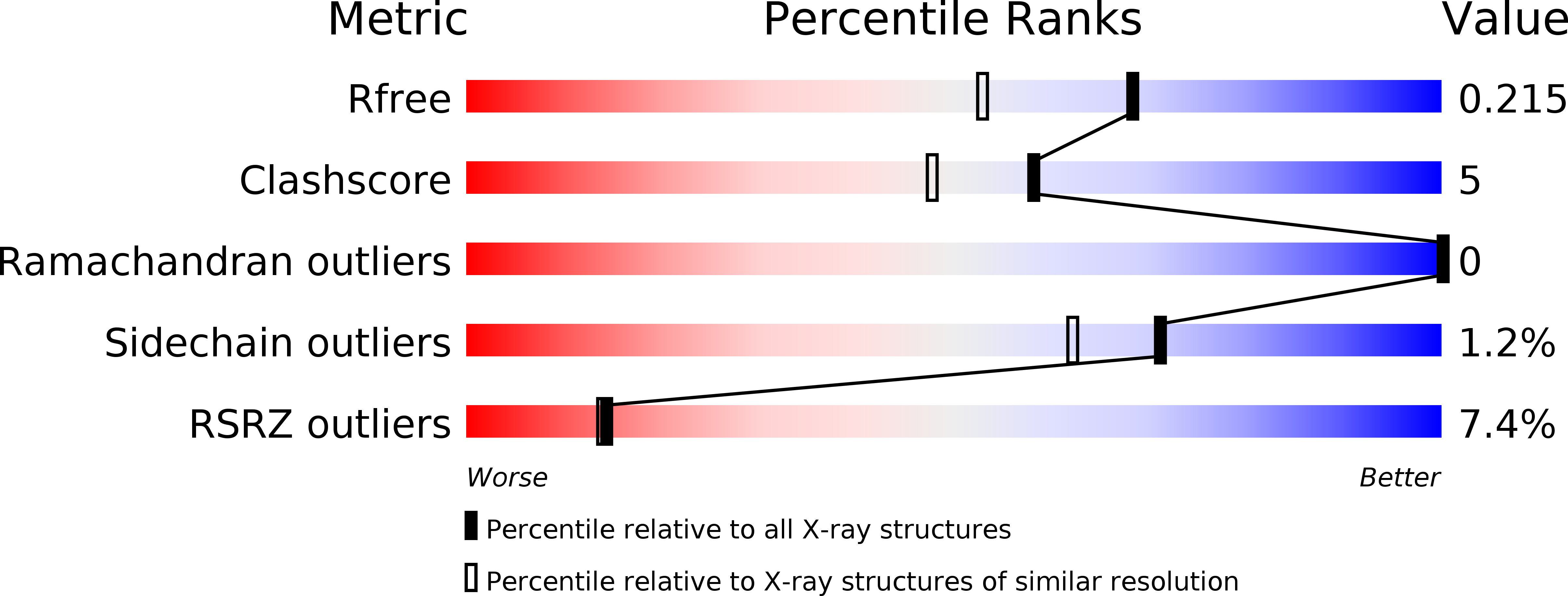
Deposition Date
2011-03-18
Release Date
2011-07-27
Last Version Date
2024-11-20
Entry Detail
PDB ID:
3R5J
Keywords:
Title:
Crystal structure of active caspase-2 bound with Ac-ADVAD-CHO
Biological Source:
Source Organism:
Homo sapiens (Taxon ID: 9606)
Host Organism:
Method Details:
Experimental Method:
Resolution:
1.77 Å
R-Value Free:
0.21
R-Value Work:
0.18
R-Value Observed:
0.18
Space Group:
P 21 21 21


